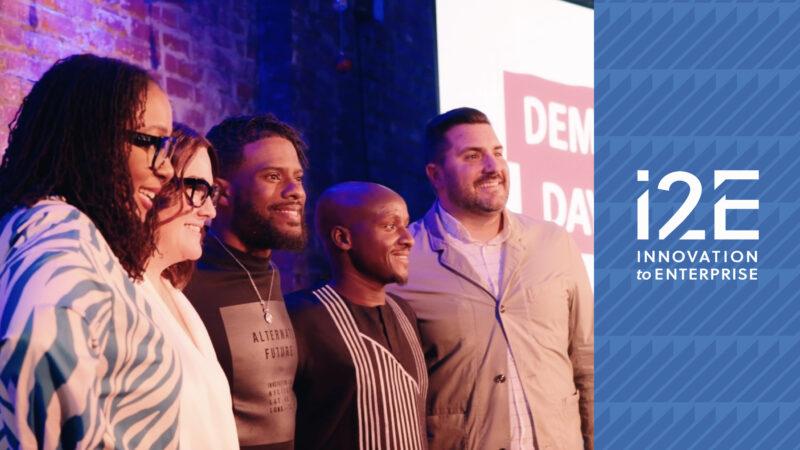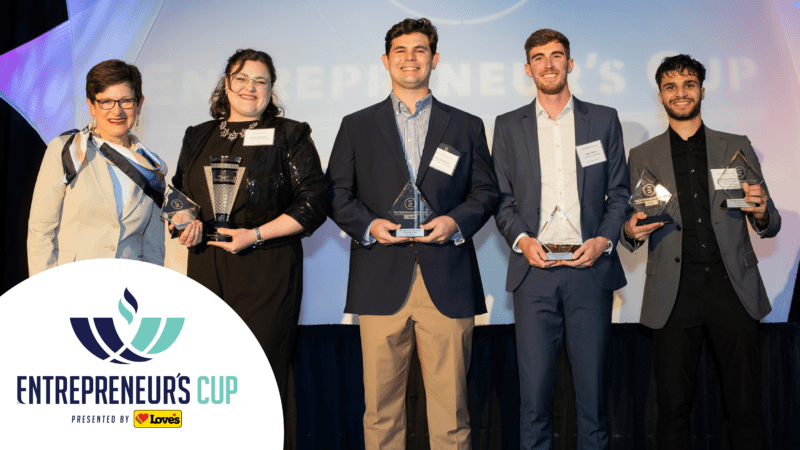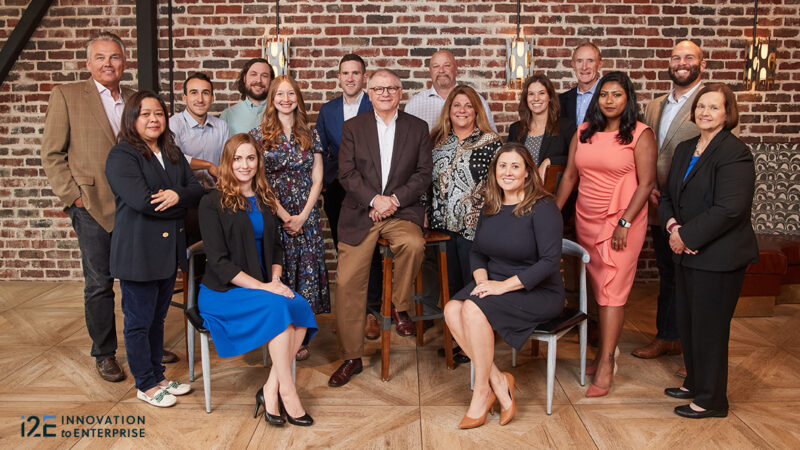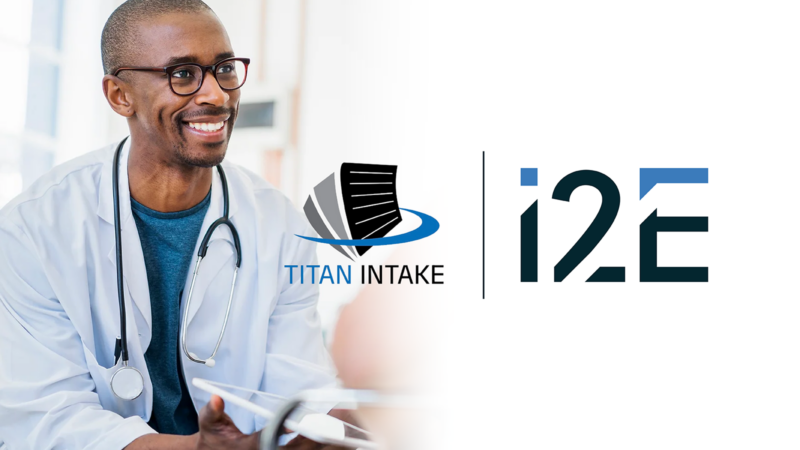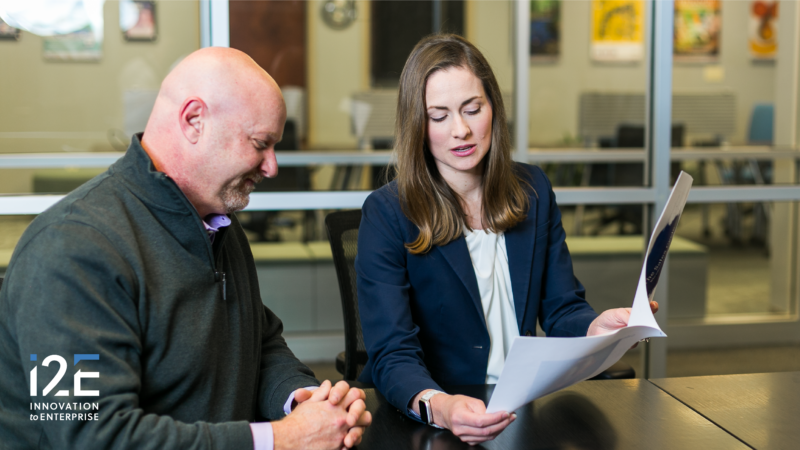By Scott Meacham
Copyright © 2014, The Oklahoma Publishing Company
Access to capital and robust deal flow are the dual engines of entrepreneurial growth.
According to the PricewaterhouseCoopers LLP/National Venture Capital Association MoneyTree Report, in 2013, the state of Oklahoma ranked 44th in terms of venture capital investment dollars.
What’s really unfortunate is that we are trending in the wrong direction. In 2008, there was $17 million in venture capital invested here; last year it had fallen to $8 million, with the vast majority of that investment being deals in which i2E invested.
While most states seem to have returned to pre-financial crisis levels over that last five years, venture capital investment in Oklahoma declined more than 50 percent.
From 2012 to 2013, as total venture capital investment dollars in the U.S. grew about 7.5 percent, venture capital invested in Oklahoma declined 75 percent. Colorado had 79 deals. We had eight.
Even though the state and angel investors here have worked to create proof-of-concept and seed funding, the lack of venture capital is holding us back, especially when it comes to bio-science opportunities.
Venture capital attracts venture capital, and there isn’t enough VC money here to prime the pump. Venture capitalists are opening offices and writing checks in states around us — notably Texas and Colorado — but only a handful of VCs have been active in Oklahoma at al — and most of those fly in from some other state.
Robust deal flow is the second thing that attracts venture capitalist. In Oklahoma, we need more fundable deals. Our universities and research institutions are outstanding. There is always new technology being invented and developed at places like the University of Oklahoma, Oklahoma State University and the Oklahoma Medical Research Foundation. The problem in Oklahoma seems to not be so much the lack of university/nonprofit innovation but the lack of substantial and ongoing private sector innovation. We have some; just not enough.
We need to look for ways to build on what we have and encourage more entrepreneurial risk taking.
Colorado launched an advanced industries acceleration program that makes $150,000 to $500,000 grants available to support commercialization by key industries for proof-of-concept, early stage capital, and infrastructure.
New York’s 2014 fiscal year budget includes $50 million for a venture capital fund to provide seed and early stage funding for new company formation and to help commercialize new technologies and products.
In Wisconsin, lawmakers passed legislation to create a $75 million early stage seed capital fund to support high growth sectors, with $25 million from the state and the remainder from private sources.
In Oklahoma, we need to redouble our efforts to pull together across academia and the private sector to develop more efficient and faster ways to commercialize innovation into products and services that create jobs. It’s not just more capital. We need more deals.
Scott Meacham is president and CEO of i2E Inc., a nonprofit corporation that mentors many of the state’s technology-based start-up companies. i2E receives state appropriations from the Oklahoma Center for the Advancement of Science and Technology. Contact Meacham at [email protected].

